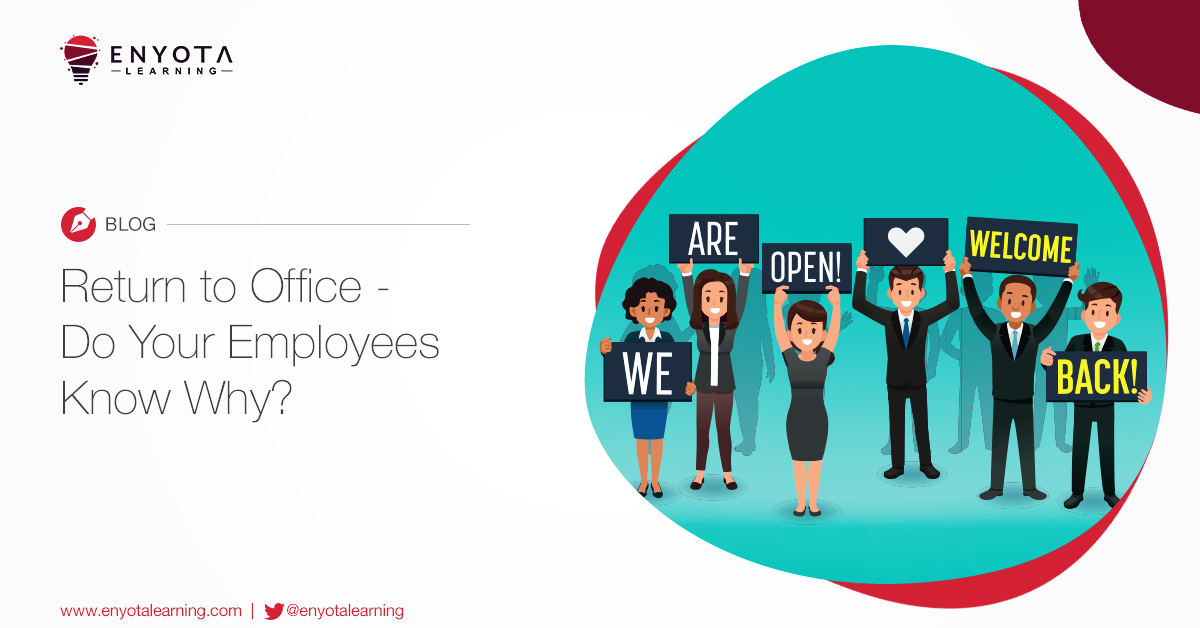Learning Experience Design
To understand the art of learning experience design and create fruitful learning experiences, it is crucial for learners, educators, and training professionals to delve into the intricacies of this field. Learning experience design plays a vital role in designing engaging and effective learning programs that facilitate knowledge retention and skill development. Whether you’re an individual looking to improve your learning strategies, an educator aiming to create engaging course content, or a training professional responsible for designing corporate training programs, understanding learning experience design is essential for everyone.
What is Learning Experience Design?
Learning experience design, or LX design, is a crucial aspect of training development that aims to create a positive ‘learning environment’ where the experience of undertaking any training is made enjoyable and engaging for learners. It involves selecting and combining training disciplines such as traditional and modern approaches, to design a blended learning experience that meets the needs of all learners.
Unlike instructional design, learning experience design focuses on user experience and considers the emotional and psychological experiences of learners as they try to complete a course. This human-centered approach promotes continuous learning and development by catering to learners’ perception and senses and including all their possible training requirements.
By measuring success based on the experiences of learners, learning design can create training that is engaging and interesting. Understanding the art of creating a great learning experience and then designing it, is essential for anyone involved in training development, from educators to corporate trainers.
How Should You Use Learner Experience Design to Your Advantage?
Learning experience design can be used to your advantage by creating engaging and effective training programs. Start by applying the following learning experience design principles:
- Understand the needs and goals of your learners and create training programs that meet their requirements.
- Choose the right combination of traditional and modern training disciplines to create an engaging learning experience.
- Develop blended learning approaches that combine different training methods to achieve the desired learning outcomes.
- Use user experience design principles to create training that is easy to navigate and understand.
- Measure the success of your training programs based on the emotional and psychological experiences of learners.
- Promote a culture of continuous learning and development by incorporating training requirements of learners.
By using learning experience design principles, you can create training programs that are engaging, effective, and tailored to the needs of your learners, resulting in better learning outcomes and improved performance.
Here are Some Factors to Consider When Designing Learner Experience Frameworks
Type of Training
Let’s take an example, when designing training for production line operators, it’s crucial to prioritize hands-on experience as it’s the most effective way for production line operators to gain practical skills.
For our example, a skilled LX designer would aim to balance hands-on training with theoretical instructions, ideally allocating 70% of the training to hands-on experience and 30% to theory. Additionally, breaking down each segment into smaller bits can help to optimize the learning experience and deliver better results.
Median Age of Learners
To deliver the best learning experience, it’s essential to consider the age of the learner. While it may be challenging to focus solely on individual preferences, age can provide valuable insights into what learners might prefer.
In the education sector, age is often used to determine the level of difficulty, type of learning experience, and content density. In organizations with a mix of employees, calculating the median or average age of the learner base can be a simple but effective way to gauge learner preferences.
For instance, younger learners tend to prefer flashy content with more visuals and images, while older learners might prefer more subtle content. Understanding the median age of learners can help LX designers to create the right combinations and designs for training that cater to the learners’ preferences based on age.
Budgets
Budgets are a significant factor in determining the type of learning experience, and this is evident in industries such as aviation and exploration. For instance, large flight operators can afford to have their own cockpit simulators, while exploration companies can provide simulated controlled environments with actual equipment for their trainees to test and learn to use.
However, it’s important to keep in mind that building elaborate training experiences should be rationalized, even with larger budgets. While larger budgets can lead to grander learning experiences, it’s essential to ensure that the investment aligns with the desired learning outcomes and delivers value to the business. A skilled LX designer will aim to strike a balance between the available budget and the learning objectives, creating the best possible learning experience within the given resources.
Available Training Infrastructure
The availability of training infrastructure is crucial to delivering effective learning experiences, and this is dependent on both budgets and availability of resources.
Investing in extensive training concepts can be pointless if the organization does not have a functioning L&D team responsible to ensure the training concepts are correctly being utilized. Similarly, regular classroom training initiatives may be challenging to carry out if the organization lacks access to cheap employee travel, physical venues, and trainers.
Therefore, a skilled LX designer should take into consideration the availability of training infrastructure while designing the learning experience. This can involve identifying the available resources and finding ways to optimize their use while ensuring that the learning objectives are met. By doing so, the LX designer can create a learning experience that is feasible and delivers value to the organization and the learners.
Fundamentals of Learning Experience Design
Learning Experience that Enables the Learner
The ultimate goal of training is to enable learners to acquire new skills and knowledge that they can apply in real-life situations. Effective learning experiences create long-lasting memories and hone appropriate responses to situations, making it essential to design training that enables learners to tap into their experiences and responses quickly.
Creating training without putting thought into the design of the learning experience is equivalent to building purely theory-based training for soldiers preparing for combat. Such training may not enable the soldiers to perform in the field and can put them in adverse situations.
Therefore, a skilled LX designer will aim to create learning experiences that enable learners by designing training that is immersive, interactive, and practical or correctly represents the topic and needs of learners. By doing so, learners can effectively connect with the training, creating value for both the learners and the organization.
Training that Promotes Emotional and Psychological Responses
Designing a positive learning experience involves creating an environment that supports positive emotional and psychological experiences for the learners. However, it’s important to note that a positive learning experience does not necessarily mean a happy or light-hearted experience.
In this context, a positive learning experience refers to training that is practical and places the learners in close-to-real situations, enabling them to develop real-time decision-making techniques. By doing so, the learners can acquire skills and knowledge that they can apply in real-life situations, creating a positive learning experience that delivers value for both the learners and the organization.
Therefore, a skilled LX designer will aim to create a learning experience that is immersive, interactive, and practical, enabling the learners to develop real-world skills and knowledge that they can apply in their work.
Difference Between Learning Experience Design vs Instructional Design
Learning experience design is the art of enhancing a learner’s interaction with training by taking into account their preferences and training needs. It is a user-centered approach that focuses on creating positive emotional and psychological responses in learners. This approach is different from instructional design, which is more focused on the process of developing training content using pedagogical principles, learning objectives, and assessment metrics.
In learning experience design, the goal is to enable learners to tap into their experiences and make real-time decisions. It is a personalized approach that takes into account the learner’s age, training needs, and available budget and infrastructure. The design process also involves incorporating gamification techniques to create engaging learning experiences.
In contrast, instructional design is a more technical process that focuses on creating effective learning outcomes using the appropriate tools and quality metrics. It involves designing the content based on recommended learning principles and ensuring that it meets the learning objectives.
Both instructional design and learning experience design play important roles in creating effective training programs that enable learners to achieve their potential. However, learning experience design takes a more learner-centered approach that incorporates personalized learning experiences and user experience design principles.
How Can We Help?
We have a team of learning experience designers alongside instructional designers who assist and aid with all your training needs. To know more about the services and products we offer, get in touch with us at contact@enyotalearning.com or reach us by clicking this form. Also try our learning management system – Abara LMS!





